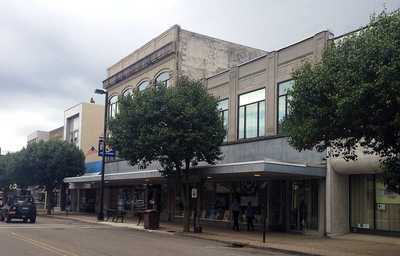
Introduction (1:38)
Hello, and welcome to our tour of the Endicott History and Heritage Museum. We will be exploring the first floor, which exhibits many of the storied artifacts created by IBM during its heyday here in Endicott. The bulk of the collection here was accrued by IBM itself, and first put on display in 1983 as a company museum. For years after, the public was not permitted to see these artifacts, with tours being relegated to IBM employees only. It was only in 2013 that the collection was merged into this local museum, giving others the ability to observe these important fixtures of our history. We have since added to the collection through donations from the many locals who had their own involvement with IBM.
Our tour will be one of the history of computing, almost as much as IBM itself, since the company was responsible for so much of information technology’s development. This will take us from a time when cutting edge machines were made out of wood, metal and glass, using simple mechanisms, all the way to when computers started to become commonplace. Many essential ways in which electronics work will be explored from their earliest forms, so you may even come away with a greater understanding of how modern machines function. For now, we will begin our tour with the origin of IBM, as well as the three major businesses that formed the company’s foundation.
-
Introduction (1:38)
-
The Formation of IBM: Tabulating Machine Company (5:34)
-
The Formation of IBM: Bundy Time Recording Company (3:43)
-
The Formation of IBM: Computing Scale Company (2:13)
-
The Formation of IBM: Charles Flint & the Merger (2:42)
-
Thomas J. Watson & the Early Years of IBM (3:12)
-
Early Machines of IBM (5:23)
-
IBM During the Great Depression (4:51)
-
Company Culture at IBM (3:36)
-
IBM During the Second World War (6:26)
-
Post-War Machines of IBM (5:54)
-
Typewriter Section (3:52)
-
IBM 1400 Series (4:43)
-
IBM 360 Computer (2:58)
-
Conclusion (3:39)